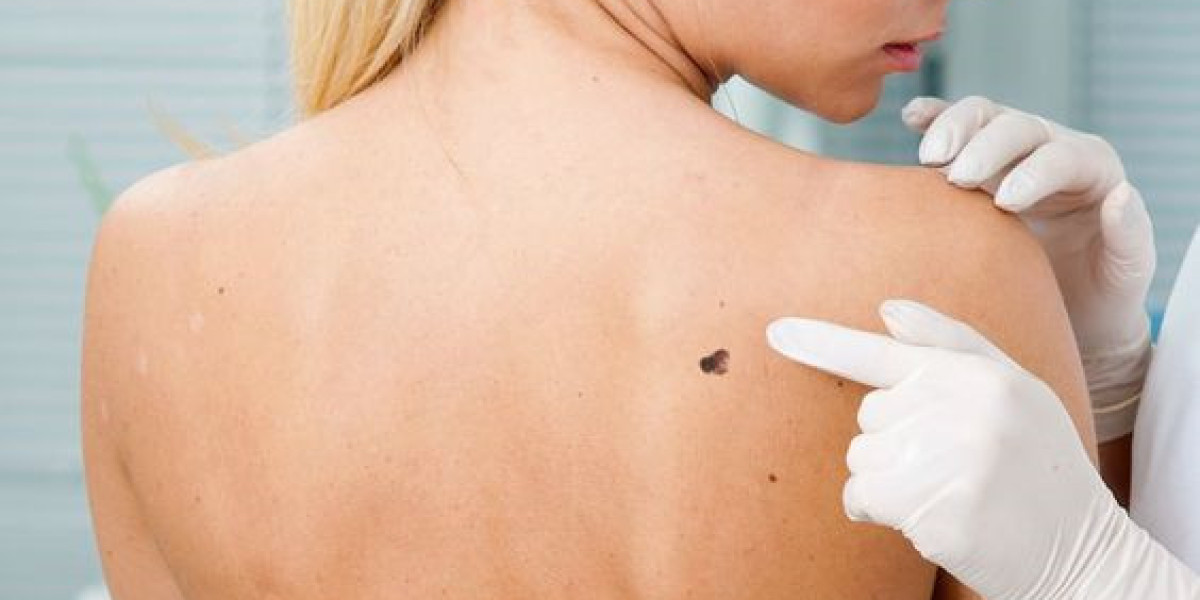Skin tags are small, benign growths that can appear on various parts of the body, often causing discomfort or self-consciousness. While they are not harmful, many individuals seek skin tag removal treatment (علاج إزالة علامات الجلد) for aesthetic reasons or to alleviate irritation. This guide will explore various aspects of skin tag removal, including methods, costs, recovery, and what to expect during the process.
What Are Skin Tags?
Understanding Skin Tags
Skin tags, medically known as acrochordons, are small, soft pieces of skin that protrude from the surrounding skin. They are typically flesh-colored or slightly darker and can vary in size. Skin tags are more common in areas where skin rubs against skin, such as the neck, armpits, and groin.
Causes of Skin Tags
While the exact cause of skin tags is not well understood, several factors may contribute to their development:
- Friction: Areas of the body that experience friction are more prone to skin tags.
- Genetics: A family history of skin tags may increase your likelihood of developing them.
- Hormonal Changes: Hormonal fluctuations, particularly during pregnancy, can lead to an increase in skin tag formation.
- Obesity: Excess weight may contribute to the development of skin tags due to increased friction.
When to Consider Skin Tag Removal Treatment
Aesthetic Concerns
Many individuals seek skin tag removal treatment primarily for cosmetic reasons. Skin tags can be unsightly, and their presence can affect one’s self-esteem, prompting people to explore removal options.
Physical Discomfort
Skin tags can become irritated, especially in areas subject to friction. If you find that your skin tags are causing discomfort or catching on clothing, it may be time to consider removal.
Medical Advice
In some cases, a healthcare professional may recommend skin tag removal treatment for medical reasons. This might be due to concerns about the appearance of a skin tag or if it appears to be changing in size, color, or shape.
Options for Skin Tag Removal Treatment
At-Home Remedies
While many people choose professional treatments, some at-home methods are claimed to help remove skin tags. However, these methods are generally not recommended by experts due to their effectiveness and potential risks.
- Apple Cider Vinegar: Some people apply apple cider vinegar to the skin tag, claiming that it dries it out and causes it to fall off. However, this method can cause skin irritation.
- Tea Tree Oil: Similar to apple cider vinegar, tea tree oil is sometimes used in hopes of drying out the skin tag.
It's essential to note that at-home remedies lack scientific backing and can lead to skin irritation or infections.
Professional Removal Methods
Professional skin tag removal treatment options offer more reliable and safer outcomes. Here are the most common methods:
1. Cryotherapy
Cryotherapy involves freezing the skin tag using liquid nitrogen. This method is quick and typically causes minimal discomfort. The tag will gradually fall off after the treatment as the skin heals.
2. Electrosurgery
Electrosurgery uses a high-frequency electrical current to burn off the skin tag. This method is effective and allows for precise removal. Local anesthesia is usually applied to minimize discomfort.
3. Surgical Excision
For larger skin tags, surgical excision may be necessary. This procedure involves cutting the skin tag off at the base. It is typically performed under local anesthesia and may require stitches.
4. Ligation
Ligation involves tying off the skin tag at its base with a surgical thread. This method cuts off the blood supply to the skin tag, causing it to die and fall off over time.
What to Expect During the Treatment
Pre-Treatment Consultation
Before undergoing any skin tag removal treatment, a consultation is essential. During this visit, a professional will assess your skin tags and recommend the best removal method based on their size, location, and your overall health.
The Procedure
- Preparation: The treatment area will be cleaned and, in some cases, numbed with local anesthesia to ensure your comfort.
- Removal Process: Depending on the chosen method, the professional will perform the procedure. Most methods take only a few minutes.
- Post-Treatment Care: After the removal, the area may be bandaged, and aftercare instructions will be provided.
Recovery After Skin Tag Removal Treatment
Immediate Care
Following the procedure, it’s crucial to care for the treated area properly. Here are some tips:
- Keep It Clean: Gently cleanse the area with mild soap and water.
- Avoid Irritation: Try to avoid tight clothing or activities that may irritate the area for a few days.
- Watch for Signs of Infection: Look out for increased redness, swelling, or discharge. If these occur, contact a healthcare professional.
Long-Term Care
Most people can return to their normal activities shortly after the procedure. However, it's advisable to avoid sun exposure and excessive moisture in the treated area until it fully heals.
Costs of Skin Tag Removal Treatment
Factors Influencing Cost
The cost of skin tag removal treatment (علاج إزالة علامات الجلد) can vary based on several factors:
- Location: Prices may differ depending on where the treatment is performed.
- Method Used: Different removal methods have varying costs, with surgical excision generally being more expensive than cryotherapy.
- Number of Skin Tags: Removing multiple skin tags may increase the overall cost.
Average Price Range
On average, skin tag removal treatments can range from $100 to $500 per session, depending on the above factors. It's essential to check if your insurance covers the procedure, especially if it is deemed medically necessary.
Conclusion
Skin tag removal treatment offers a straightforward solution for those looking to eliminate bothersome skin tags. With various methods available, understanding the options can help you make an informed decision. Whether for aesthetic or medical reasons, consulting a professional ensures safe and effective removal. Always prioritize proper aftercare to promote healing and maintain healthy skin. By taking these steps, you can achieve the smooth, clear skin you desire, free from the worry of skin tags








